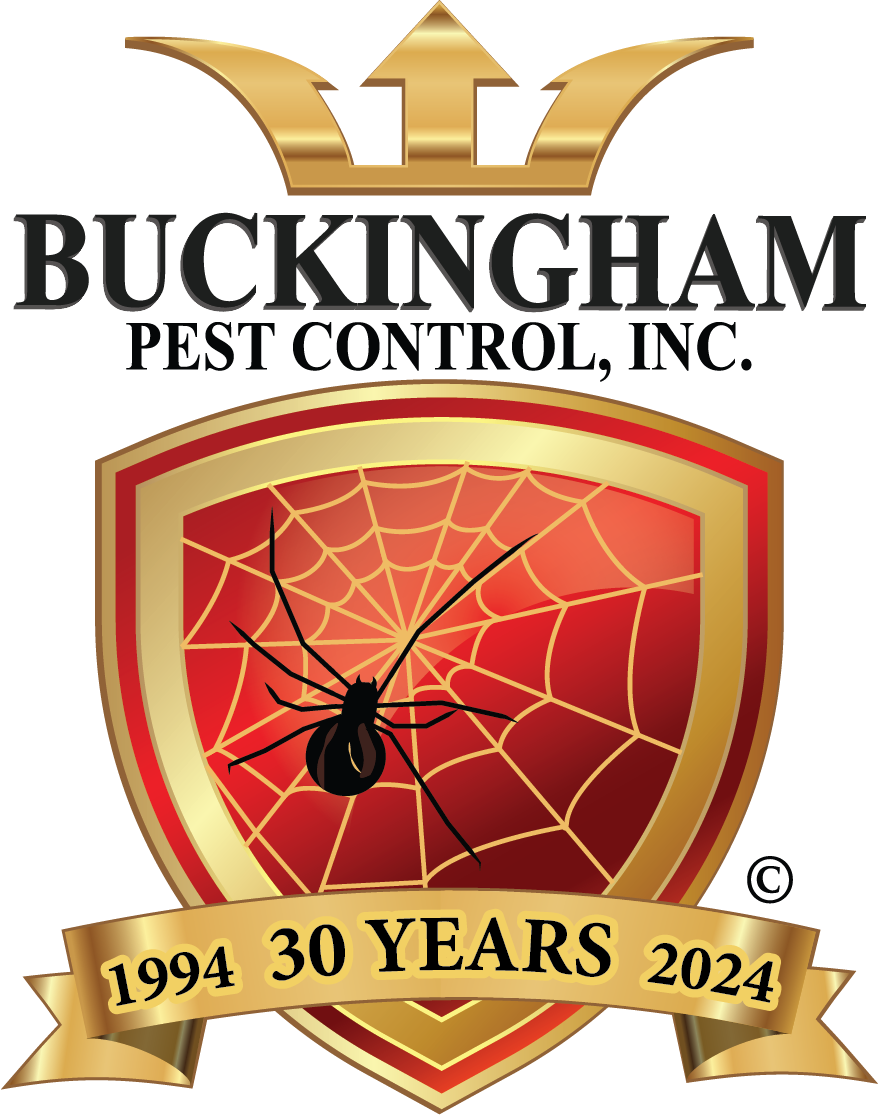BEDBUG EXTERMINATION AND CONTROL
Bedbugs - Missouri's Pest
For about half a century, bed bugs (or "bedbugs") were so rarely encountered in the United States that they were thought to have been eliminated. But they've been making a stunning comeback in recent years.
The dramatic rise in bed bug infestations in the United States in recent years is believed by entomologists to be the result of two factors: The first is the increase in international air travel, which allows bed bugs to "hitch-hike" in travelers' clothing or luggage.
The second reason is that older methods of interior pest control used broad-spectrum insecticides that were effective against a wide variety of insects, not just the ones that an exterminator may have been treating for. So even though the exterminator may not have been specifically treating for bed bugs, the bed bugs died, anyway.
Newer pest control methods, on the other hand, are more targeted toward individual pests, and are less-effective or completely ineffective against others; so we no longer get "incidental" control of bed bugs during a cockroach or ant treatment.
Get a free quote
Contact Us
Concerned about Bedbugs?
Hire a professional to handle all your pest control needs. You'll save money & gain peace of mind.





